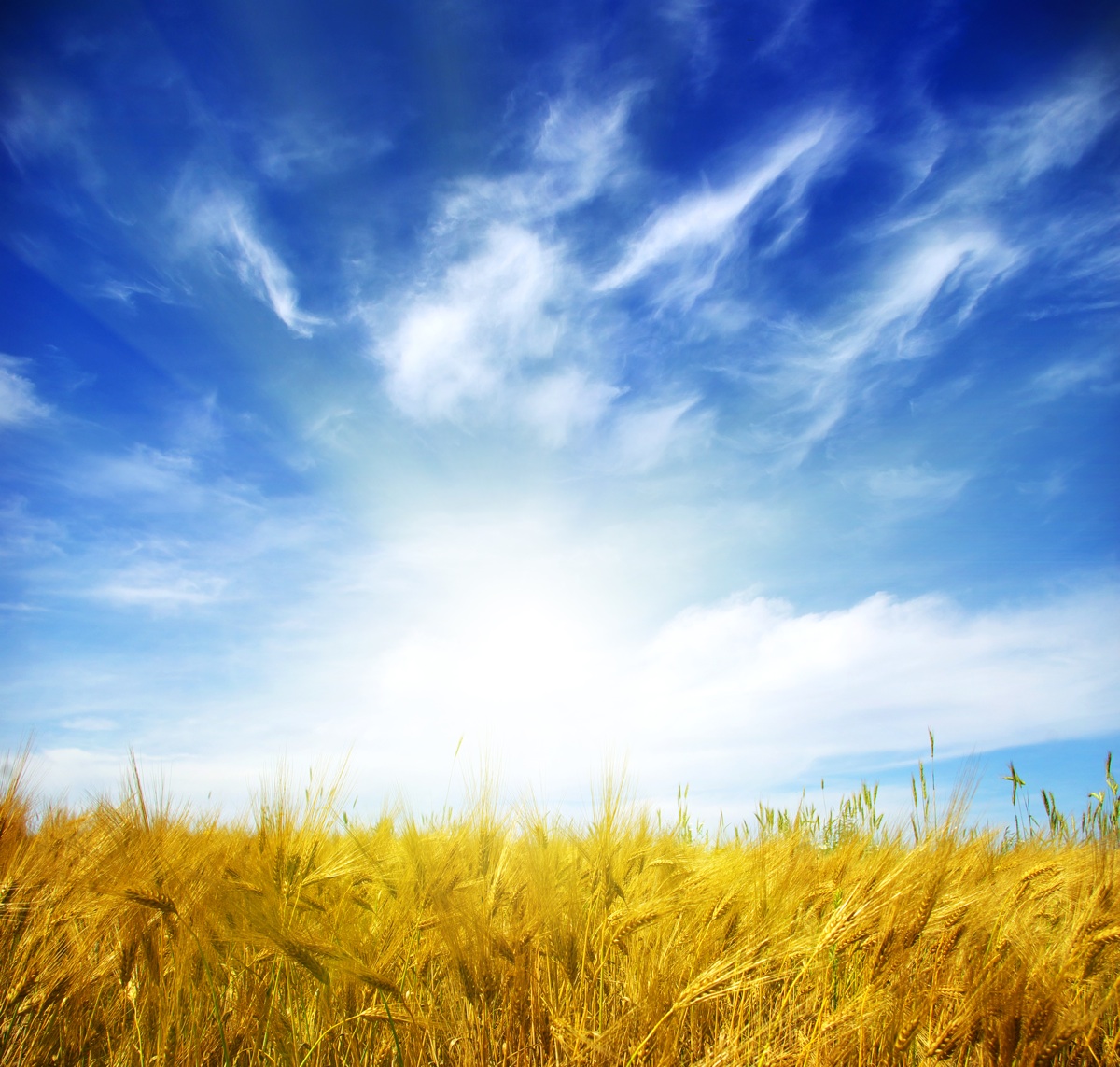The Local newsletter is your free, daily guide to life in Colorado. For locals, by locals.
This summer, Colorado’s dry, dry, and drier conditions have, most notably, manifested in the form of destructive wildfires. But as flames were devasting parts of the state, the sun was doing similar damage to the state’s crops, like corn (Colorado’s most abundant crop).
Farmers plant between 1.1 and 1.3 million acres annually, resulting in the production, on average, of between 140 and 180 million bushels of corn. (One bushel is equal to about 60 pounds.) The majority of that corn is used to feed livestock. Last year, the state produced 172.9 million bushels. The outlook for corn production in the Centennial State in 2012 is comparably grim, according to a recent United States Department of Agriculture report. The agency suggests that this year’s figure will be a scant 131 million bushels.

A quick look at the weather tells the story. According to the website U.S. Drought Monitor, all of Colorado is in a severe drought. Parts of Colorado are, yes, historically dry. But by way of comparison, at this time last year, more than half of the state wasn’t considered to be in a drought at all. And while farmers are troubled by the news, you should be, too: According to a report by the Denver Post, these factors could cause food prices to increase.
Living in Denver, where I’m more often surrounded by cement than terra firma, I forget about our state’s agricultural industry. This fall and winter, though, it seems like I won’t be able to forget, especially at the grocery store. Which begs the question: Where else will we feel the impact of Colorado’s drought in coming months?
—Image courtesy of Shutterstock.








